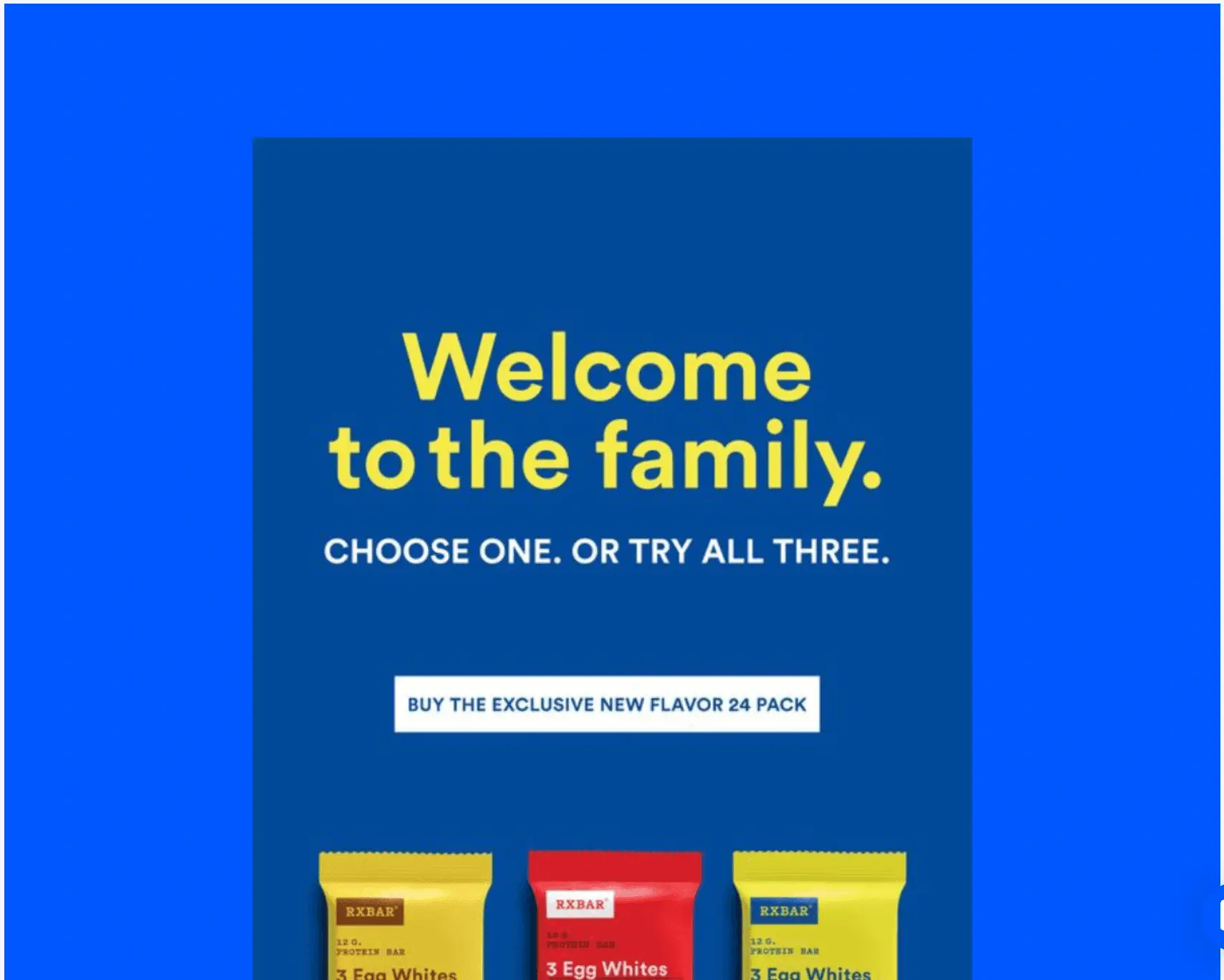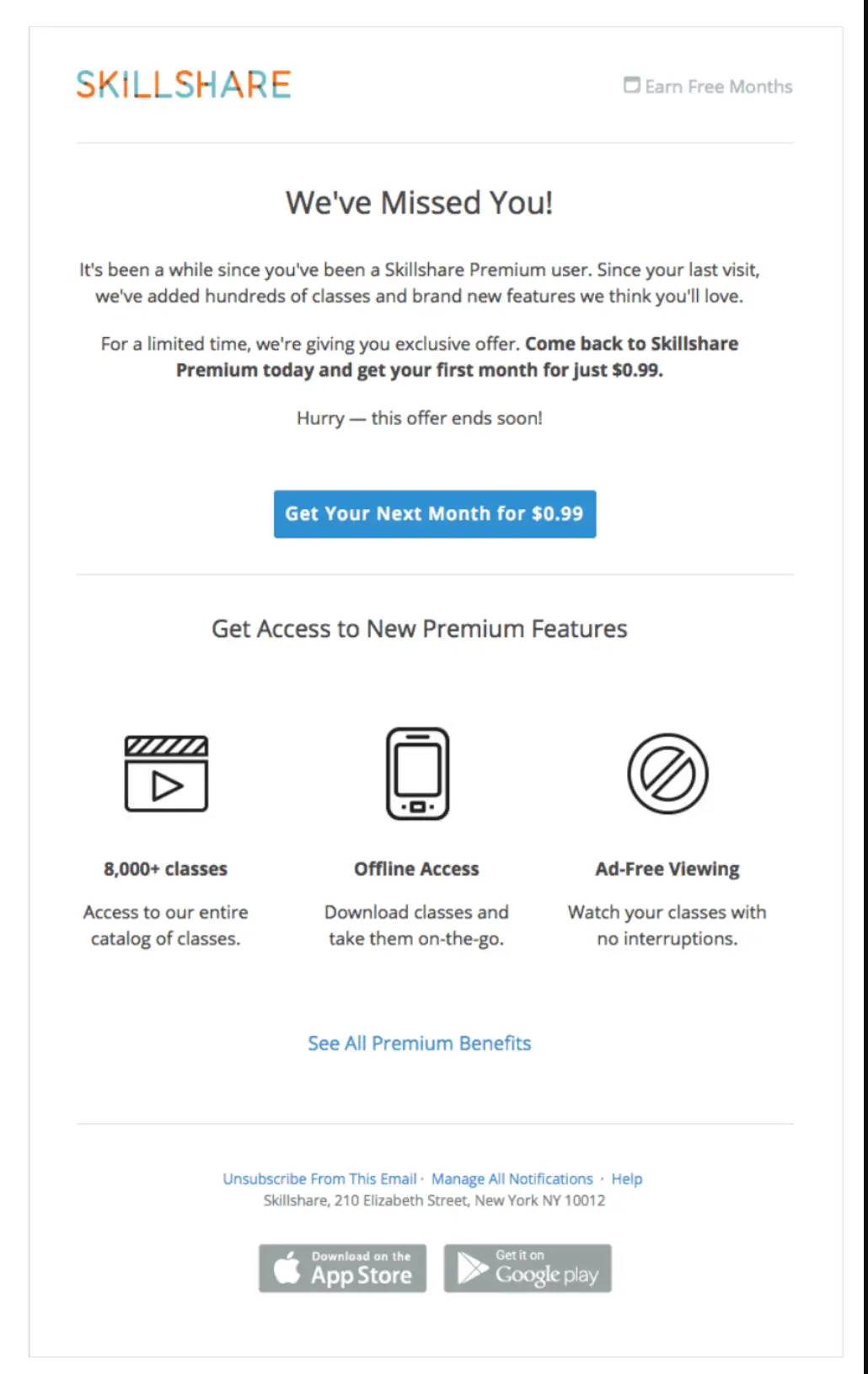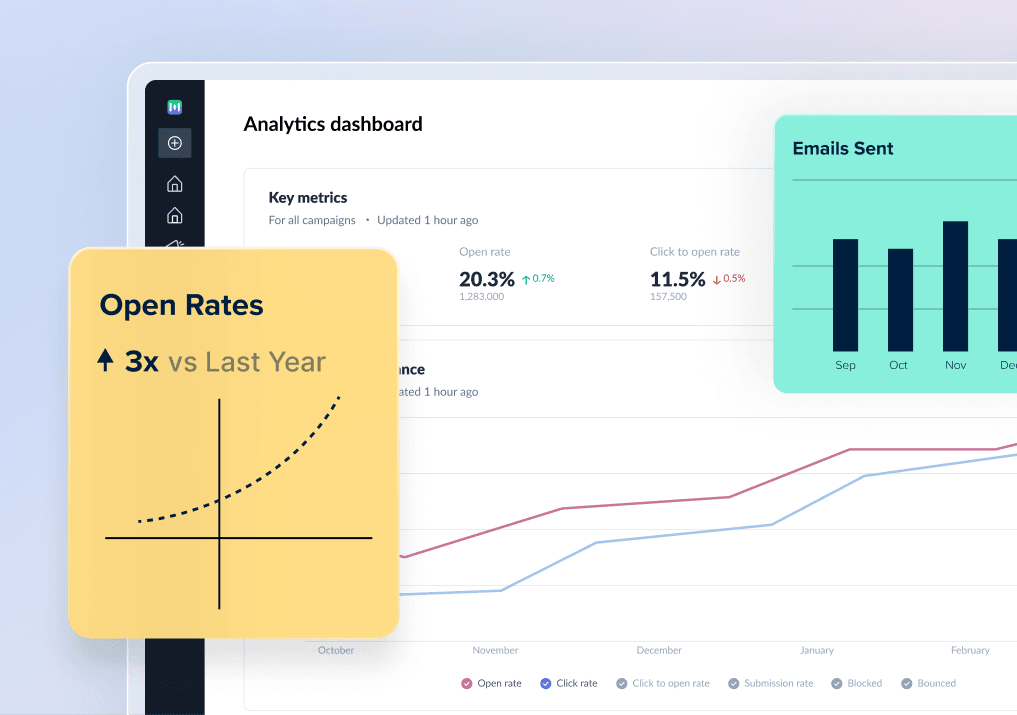Email marketing is ever-evolving, and precision and personalization reign supreme. You need more than the basics to stand out from the digital noise and engage your audience effectively. This is where email tagging comes in and turns generic emails into masterpieces.
Through this guide, let’s harness the power of email tagging that enables you to create highly targeted, personalized, and effective email campaigns.
Table of Contents
What is email tagging?
Email tagging is the process of adding labels that you can add to the customers in your list based on different criteria or conditions. These are virtual sticky notes about your customers’ interests, demographics, purchase history, etc.,
By adding tags, you can monitor the performance of your email campaigns and curate your future marketing campaigns.
5 Types of email tags
Different types of email tags can be incorporated to segment the list. Some common types of tags are:
1. Product
Product tags can label customers based on their purchase history, preferences, and interests.
This is helpful for you to identify the product that’s getting more orders and send a targeted email to that category.
For example, if you are an apparel brand offering ethnic wear for men and women. And you categorize based on your favorite category.
This helps you to run an effective campaign with whichever products the contacts are interested in.
2. Source of sign-ups
You can tag your contacts based on their channel of signup. Some common ways to sign up include:
- Newsletter
- Website checkout
- Facebook Marketplace
- Webinar Registration
- eBook
This helps you visualize their customer journey and what interested them in signing up. As a result, you can realign your strategy on the most effective platforms, thus showcasing your brand effectively.
3. Action
You can also label your contacts based on their actions on your email or website.
This includes refund requests, new purchases, support tickets, clicks on CTAs, cart abandonment, etc. Tagging contacts by their actions is an effective way to upsell to the customer by assessing who came for a refund or abandoned the cart, and so on.
4. Status
If you want to send targeted emails to contacts based on their engagement, then it’s advisable to categorize them as shown below:
- Engaged
- Inactive for 30 days
- No purchase in 60 days
- Loyal customers
This will allow you to tailor your emails to contacts based on their engagement level. It will also help you identify inactive participants or participants with outdated email in your contact list who should be removed.
5. Interest tags
The most straightforward way to tag your contacts is by knowing their likes and dislikes.
Your brand must provide content that people enjoy to keep them coming and tagging your contacts based on their interests lets you make that happen.
People’s interests vary from time to time. So it’s best to ask them what they like and tune your content accordingly.
For example, an apparel brand can send an email survey asking the customers what interests them and what they want to see more of.
Like, would they be interested in seeing monthly offers, or would they like more coupons.
With Mailmodo’s AMP emails, email surveys just got easier. This is because you can create and send interactive surveys within the email.From our template library, all you have to do is sign up and pick a template through the drag-and-drop feature.
4 benefits of incorporating email tags
Incorporating email tags in your email campaigns not only helps transform how you send emails to your contacts but also helps you understand the impact of your content on them.
The following reasons are proof of why you must start using email tags right away:
1. Segmentation & Organization
You can create segments with tags based on specific criteria such as demographics, behaviors, or interests. In addition to this, you can segregate them based on their actions, such as password reset or signup.
Through these segments, you can improve your emails regarding button placement, CTAs, etc... Mailmodo allows you to create two types of segmentation-static and dynamic.
Organizing your segments based on tags will help tailor your email to suit every segment. Sending these tailored emails helps increase open and click-through rates.
💡 Related guide:
2. Tracking and analytics
Email tags, including Urchin Tracking Module (UTM) parameters such as source, medium, campaign, term, and content, let you monitor the performance of links within your emails. This helps you understand which content resonates with your audience and optimize your future campaigns.
3. Improved efficiency
Email tags can streamline your marketing efforts by automating processes such as sending follow-up emails to specific segments or triggering emails based on user action. Explain how
4. Security
Email tags help enhance security by allowing you to mark emails with sensitive information or confidential content, assisting recipients to identify and handle such messages appropriately.
How to use email tags?
Creating email tags is simple. Here’s a step-wise process that you can follow:
Step 1: Pick any chosen email service provider (ESP) that offers email tagging as a feature.
Step 2: You can tag subscribers by searching for something specific and label those who align with this all at once.
If you have yet to email a subscriber in 30 days, you can tag them based on their clicks on a particular link, or they can be ordered based on their web forms or landing pages. This is mass tagging.
Subscribers can be tagged differently when they fill out different forms if you have multiple sign-up forms.
Step 3: Use a broadcast email to send personalized content- You can send a one-time email to tagged subscribers after the webinar. Search for subscribers with the tag “webinar” in Manage Subscribers, create a new segment, and send.
Step 4: You can create multiple campaigns within the same list from your tags.
You can integrate tags with Campaigns to trigger an automated sequence of emails to send to a specific segment.
You can use email tags to create personalized emails or multiple campaigns within a single list.
Best practices for implementing email tags
Incorporating email tags into your emails helps you send highly targeted and personalized emails. Here are some best practices to keep in mind while using email tags:
1. Send welcome email

Make the most out of welcome emails, as they are the first impression of your brand to the customers. You can use tags to identify people who have recently joined your email list. You can bundle an exciting offer into your email, giving them an irresistible discount, thereby pulling them to make that purchase.
2. Reactivate inactive subscribers

What better way to entice subscribers back than with an exclusive offer? By emailing the customers who have been tagged as inactive, you can re-engage with them and bring them back to interact with your brand. It works as a reminder as to why they subscribed to them in the first place.
3. Reward loyal customers

You can reward your most loyal customers. This would let them know that you appreciate their effort and time by sending them to recipientstagged under most active. Write about what kind of rewards you can give them.
Takeaways
Email tagging is a game-changer when it comes to email marketing. With email tagging, you can segment your audience that speaks directly to their interests. With these practices, you're giving your subscribers value and securing your place in their inbox as a brand that understands and caters to them. Your email campaign's future has become much easier with email tagging.






